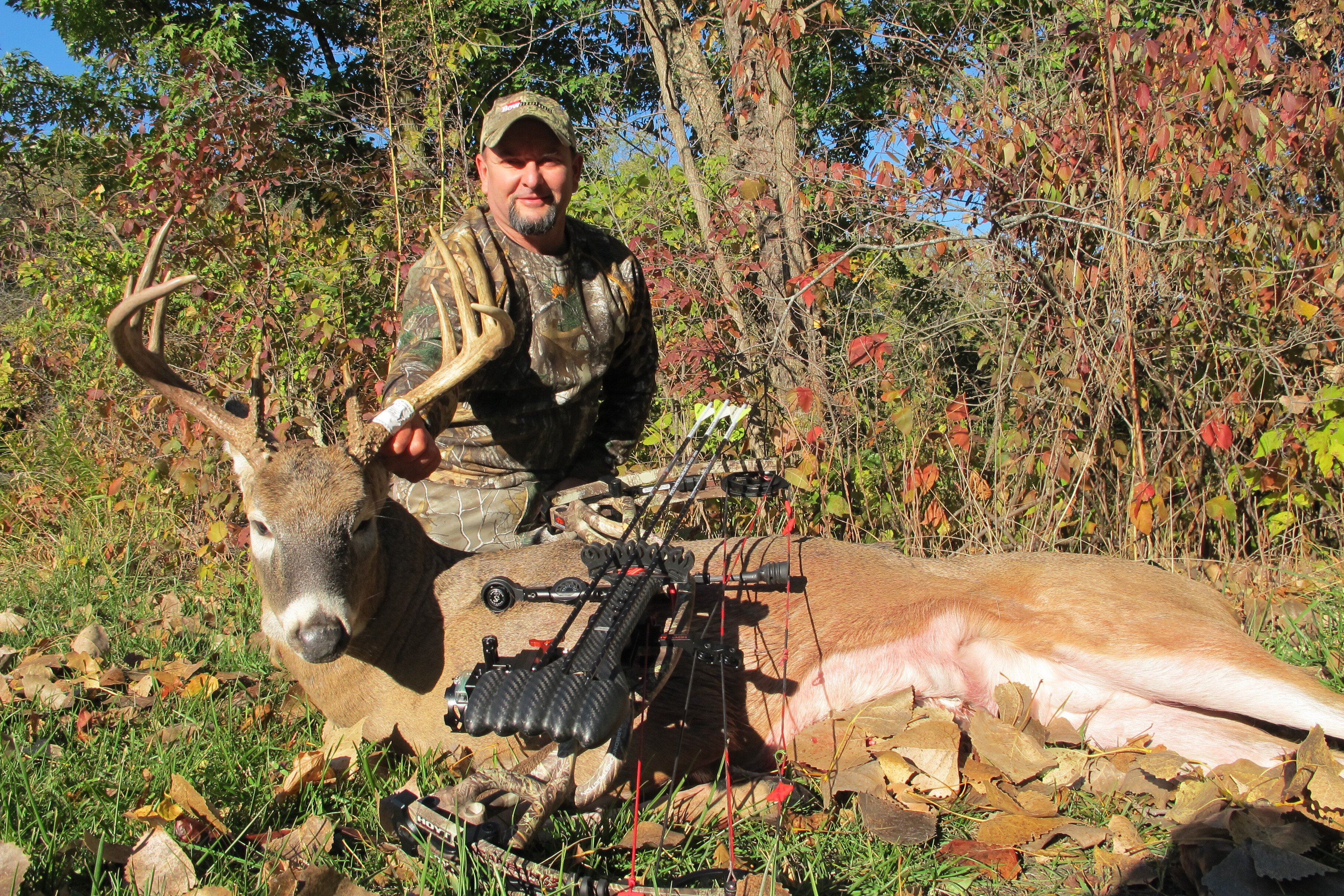With deer seasons fast approaching, some of you may have added new ultra-mobile, lightweight gear that might include saddle systems, ultra-compact stands, sticks and packs, and more. A new commitment to go mobile can be wise whether it be on private or public land. However, adding all that new fancy gear, coupled with the long-awaited anticipation of the season opener, is a recipe that can quickly lead to some common, and easily avoidable, missteps.
THE NOISE FACTOR
Just because you now have the ability to range farther and faster doesn’t mean you should do so clumsily or noisily. Especially when the goal is a mature buck, stealthy silence rules. How silent? A good rule of thumb is to move through the woods and set up your chosen stand site as if you know a mature buck is bedded 50 yards away — along every inch of your entrance trail.
During the early season, there’s a good chance you’ll be hunting the edge of a bedding area, or a food source that has deer bedded quite close. They might actually be much closer than you think. The abundance of thick bedding cover can also be a factor early since they have so many options. Conversely, if hunting a rut funnel during the late pre-rut, a cruising buck you might encounter midday could start out a mile or two away from your morning setup — a huge difference.
NEVER CHEAT THE WIND
Another common misstep with gung-ho early hunters is ignoring a bad wind for the chosen setup. And not all situations are so black-and-white obvious. You might have taken weeks to study maps, scout and find an ideal early ambush spot. But problems can arise when, after a long and challenging hike in, you find the wind not behaving as forecasted.
What now? It’s tempting to ignore it, set up as planned and hope for a switch. But the only smart answer is to back out and find a new spot. Maybe it’s a more marginal spot 100 yards away, or 200. But if you show that restraint, you’re hunting smart. The mature buck you didn’t educate will likely give you another chance; the buck that caught your scent likely won’t.
SMART EXIT STRATEGIES
Many early season hunters don’t make a solid plan to exit evening stands, which can have a negative impact on their future hunts. If you’re on a field edge it can be obvious that you don’t want to spook deer still in the field after last shooting light, but in many other scenarios the right answer is not so blatant.
Think it through. A huge factor is knowing the locations of early season bedding and feeding areas. In the end, the goal is to move where the deer are not. And that can (and quite often does) mean exiting your stand in the exact opposite direction of your entrance trail.




.png)